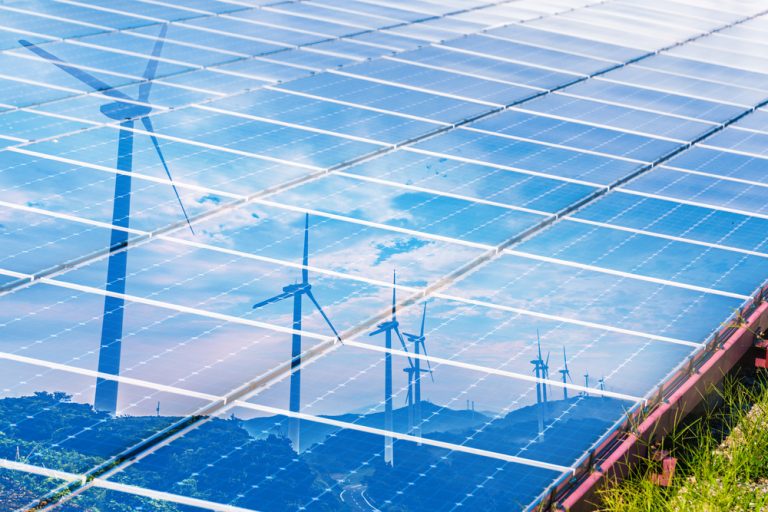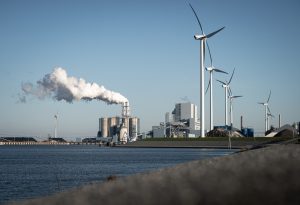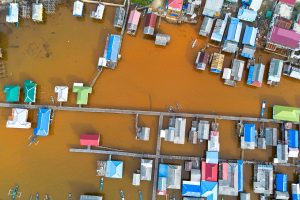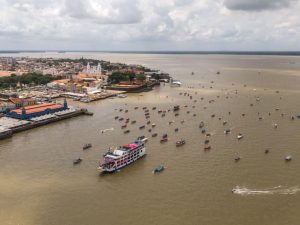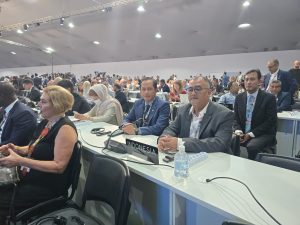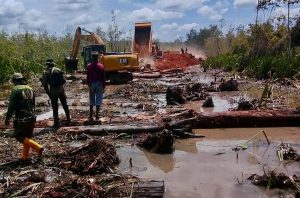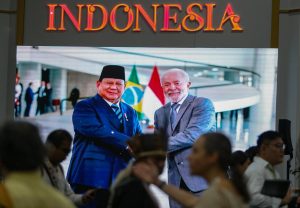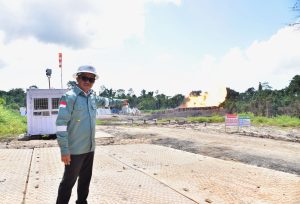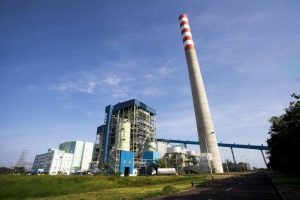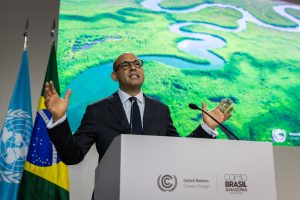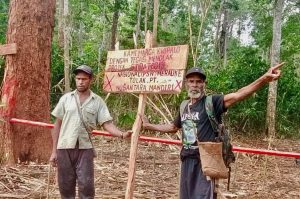Jakarta – The Institute for Essential Services Reform (IESR) has identified the significant potential of several islands in Eastern Indonesia to become energy-independent regions based on renewable resources.
“With very rich resources, such as solar, wind, and biomass, these three islands have a great opportunity to not only be energy independent, but also become a pilot for the national clean energy system,” said IESR Executive Director Fabby Tumiwa at the launch of the report “100% Renewable Energy-based Island and Flexibility in the Power System” in Jakarta, Monday, 30 June.
In its latest report, IESR said that Timor Island, Sumbawa Island, and Sulawesi have the potential to meet 100 per cent of their electricity needs from renewable energy before 2050. However, this ambition comes with a significant challenge: the required investment reaches USD 5.21 billion, or approximately IDR 85 trillion.
IESR emphasises that the island-based energy system development model is more efficient than building inter-island transmission networks. According to their study, the cost of submarine cables can reach USD 2-3 million per kilometre, which is three to five times more expensive than land-based cables. In addition to cost efficiency, this approach also reduces the risk of logistical disruptions due to dependence on fossil fuels in remote areas.
On Timor Island, the renewable energy potential is estimated at 30.81 GW, with solar power accounting for 20.72 GW. While in Sumbawa, the total potential reaches 10.21 GW, mostly from solar. As for Sulawesi, it has the potential for up to 63 GW of financially viable projects, with solar and wind energy as the mainstays.
IESR Electricity System Analyst Abraham Halim explained that Sulawesi’s share of solar and wind energy is expected to increase from 2.4 per cent in 2024 to 29 per cent by 2060. He added that Sulawesi’s electricity system will rely heavily on flexibility in the subsequent few decades, including battery integration, interconnection between regions, and optimisation of energy storage technologies.
“In the short term, flexibility will rely on water-based, fossil or bioenergy generation. In the future, interconnection and battery storage will be the backbone of electricity stability,” said Abraham.
Alvin P. Sisdwinugraha, IESR’s Electricity and Renewable Energy Analyst, added that the main advantage of Sumbawa and Timor lies in the local government’s ambitious support. West Nusa Tenggara (NTB), where Sumbawa Island is located, has set a net-zero emission (NZE) target by 2050. Meanwhile, East Nusa Tenggara (NTT), which includes the island of Timor, aims for a renewable energy mix of 47 per cent by 2034.
The development strategy on Sumbawa Island is twofold: in the short term (2025-2035), IESR recommends cancelling fossil-based generation projects and replacing them with renewable energy generation. The long-term (2036-2050) is focused on a technology shift to hydrogen and green ammonia as fuel substitutes.
In Timor, the short-term strategy involves phasing out new coal and gas-fired power plants in the pipeline, with interventions to the General Plan for Electricity Supply (RUPTL) to replace them with solar PV and biomass. In the longer term, by 2050, all fossil fuel generation will be phased out, including the early retirement of the Timor PLTU. The energy composition is projected to be dominated by solar power (82%), mini hydro (9%), wind (6%), and biomass (3%).
IESR underlines that the success of this transformation will depend heavily on policy support and legal frameworks. They advocate for accelerating the early retirement of coal-fired power plants, strengthening energy storage technologies, and reforming energy planning and procurement processes. There is also a need to integrate the green hydrogen roadmap into the Regional General Energy Plan (RUED) and simplify the renewable energy investment process.
“This transformation requires collective work. The government, private sector, and society need to sit together to formulate a framework that ensures sustainability, efficiency, and fairness in energy access,” Alvin concluded. (Hartatik)
Banner photo: metamorworks/shutterstock.com

